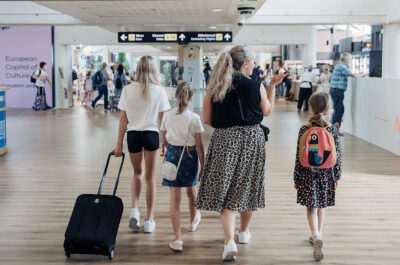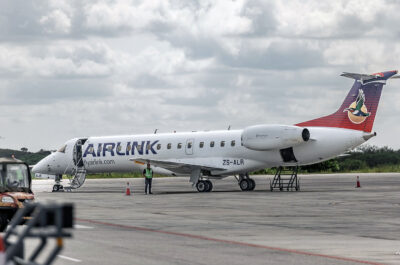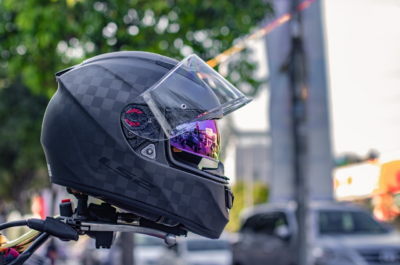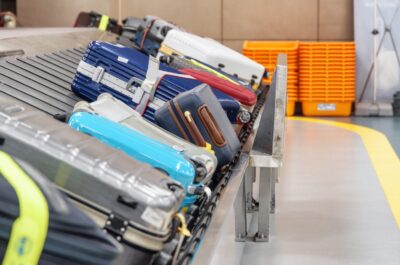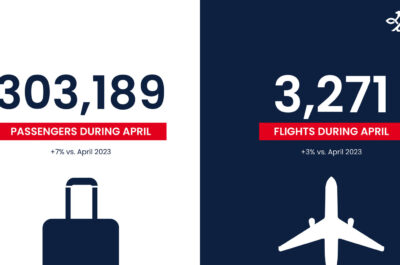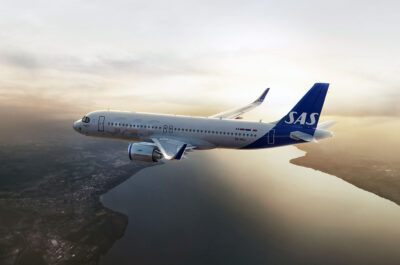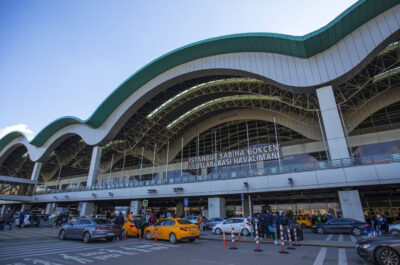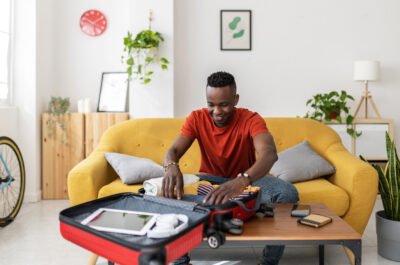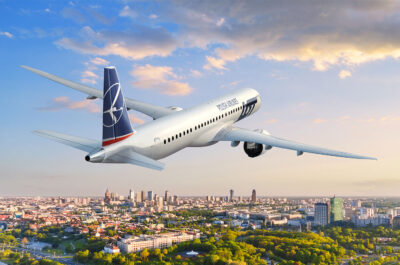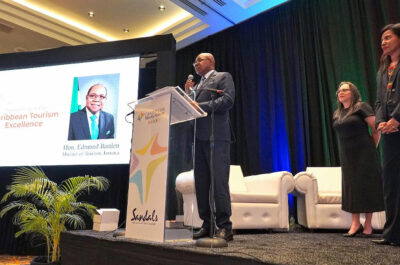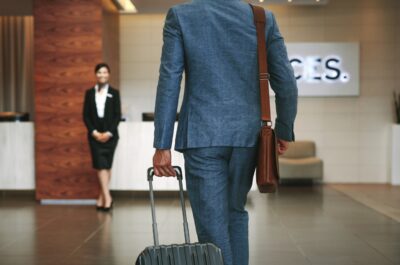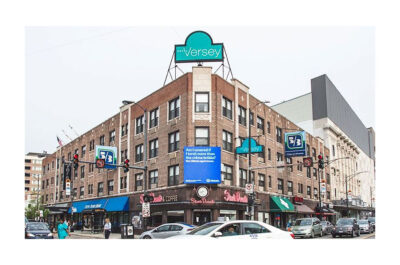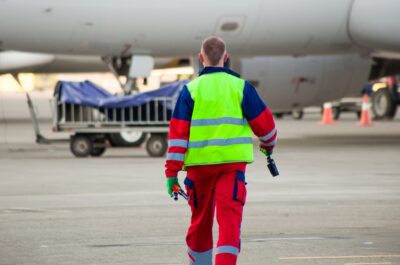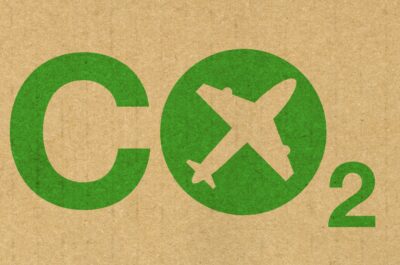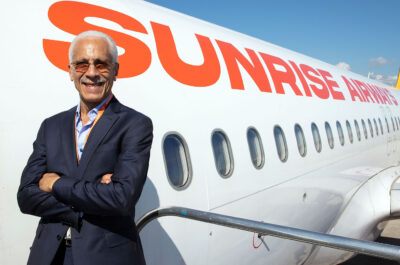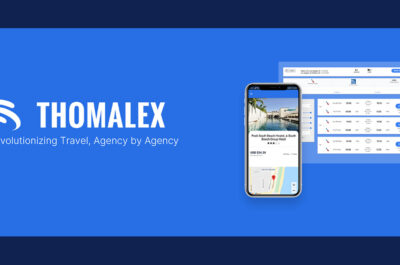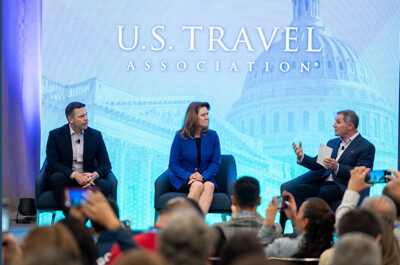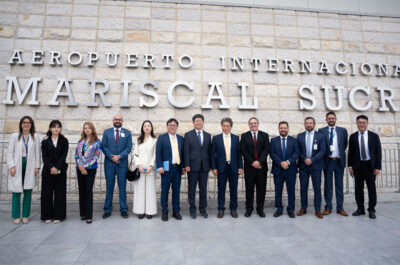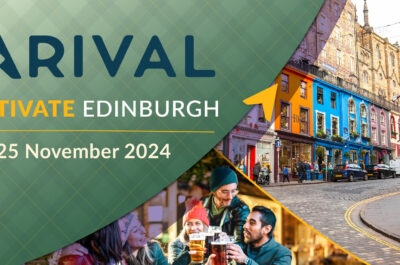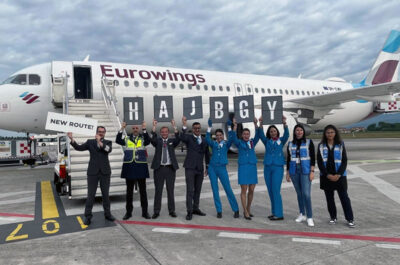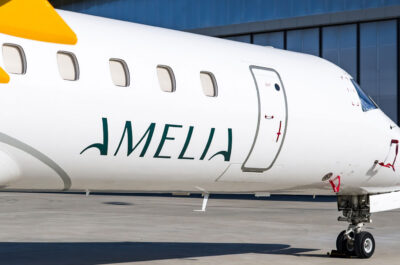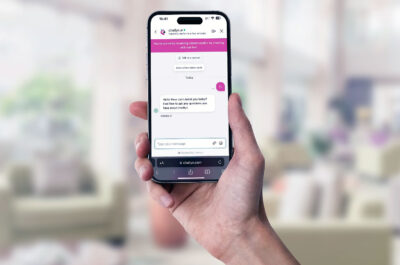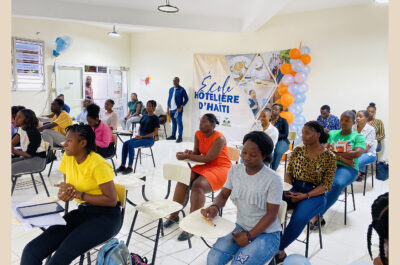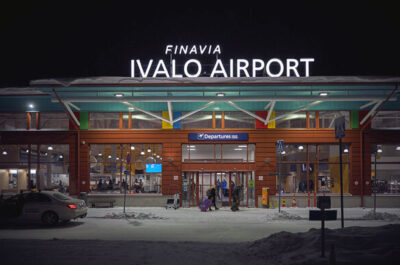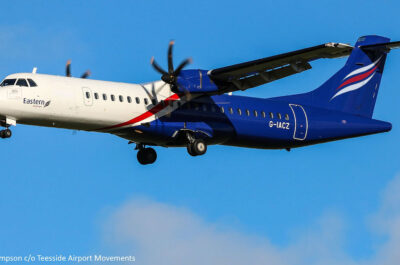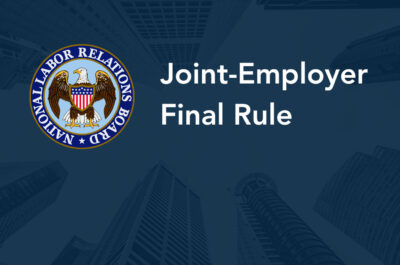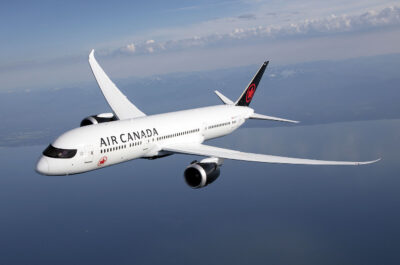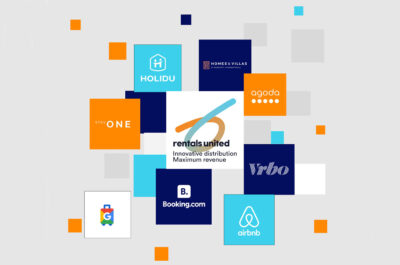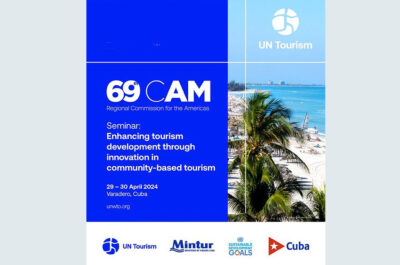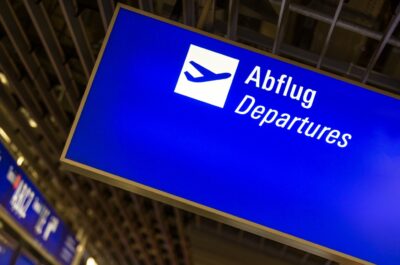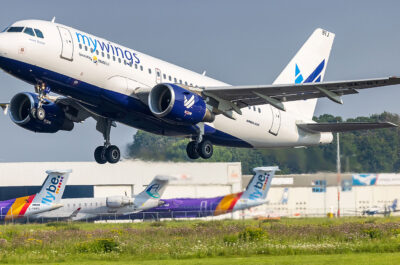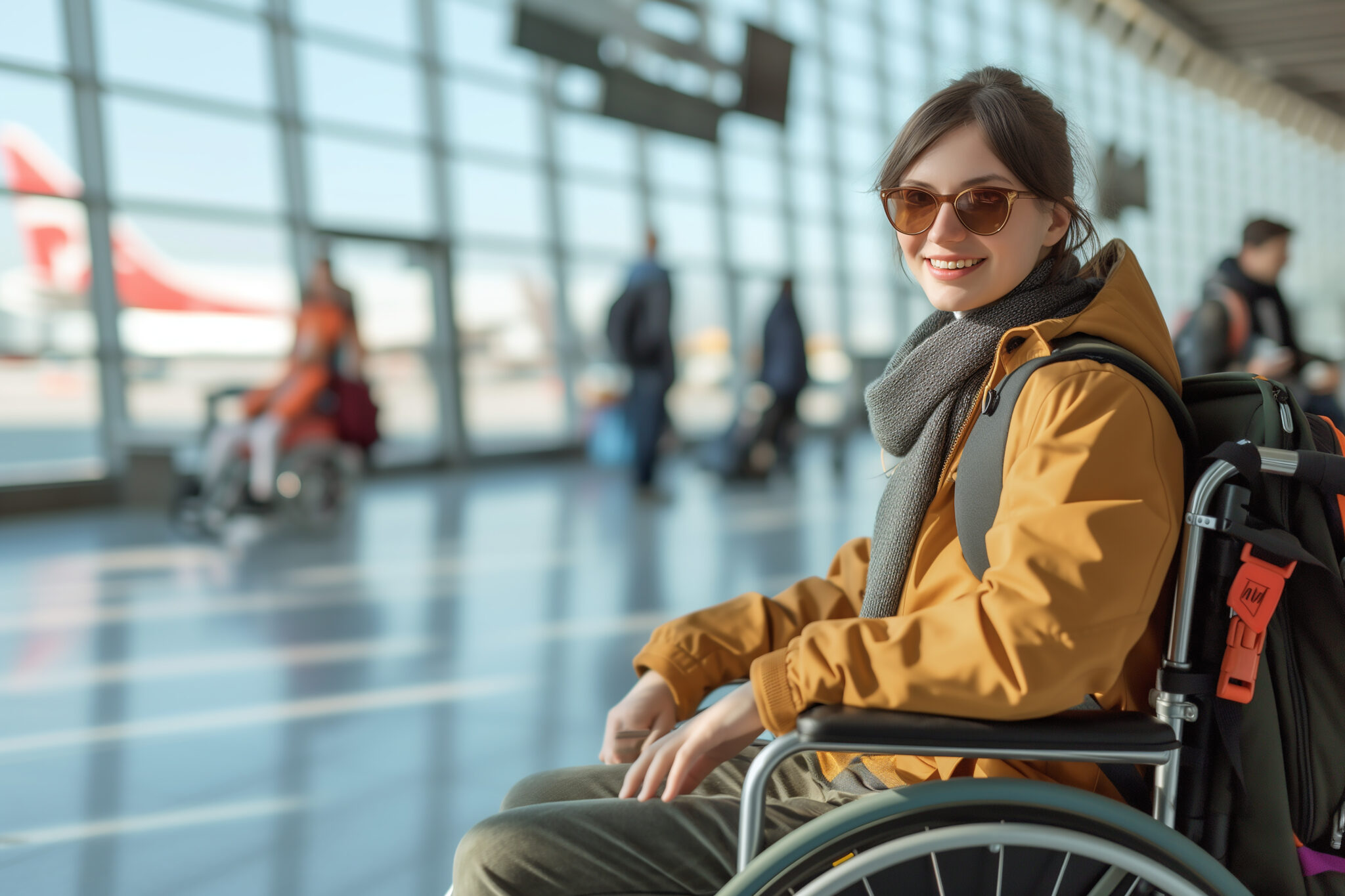
Consider the following key aspects when delving into airline policies.
Flying poses distinct challenges for travelers with mobility disabilities. Achieving a seamless travel experience demands meticulous planning and familiarity with global regulations and travel accommodations. In particular, navigating airport procedures, following boarding protocols, and ensuring the safety and proper handling of mobility equipment are critical factors that individuals with mobility disabilities must consider before embarking on air travel.
Understanding the rules for flying with mobility devices
Navigating the transportation regulations of mobility devices can be complex due to varying policies implemented by airlines and airports. Conducting thorough research and acquainting oneself with these guidelines before confirming travel plans is imperative.
Consider the following key aspects when delving into airline policies:
Advance notification
Some airlines require passengers to provide advance notification regarding their mobility devices. For example, one of the rules for flying with a wheelchair is to send a 48-hour advance notice to the airlines. Compliance within specified timeframes is necessary to avoid delays or accommodation complications during travel.
Documentation requirements
Airlines require certain documentation for passengers traveling with mobility devices. This may include medical certificates validating the disability and the necessity of the device or paperwork for specific equipment types like battery-powered wheelchairs or scooters.
Equipment specifications
Review the airline’s guidelines about allowable mobility device specifications, such as the weight and size limits and other restrictions for manual and powered types of wheelchairs. Comprehending these specifications is essential during check-in and boarding to preempt potential issues.
Assistance services
Investigate the assistance services provided by the airlines. They may include wheelchair aid, priority boarding, and seat transfer assistance. Understanding the process of requesting these services beforehand and what to expect upon airport arrival is crucial.
Storage and handling
Familiarize yourself with the airline’s procedures for storing and handling mobility devices during the flight. This entails understanding how they secure and stow devices in the cargo hold or cabin to prevent damage or loss.
International policies
Get acquainted with international regulations governing the transportation of mobility devices, such as the International Air Transport Association (IATA), to ensure compliance and mitigate issues during international travel.
With a thorough understanding of airline regulations, travelers with special mobility needs can have a smooth journey.
Preparing your mobility device for travel
To prepare your mobility device for travel effectively, consider the following steps:
Secure loose parts
Ensure all detachable parts of your mobility device, such as footrests or armrests, are securely attached or stored to prevent loss or damage during transit.
Remove personal items
Remove non-essential items from your mobility device, such as bags or accessories, to ensure safe transportation without interference or dislodgement.
Pack essential supplies
Prepare essential supplies and accessories for your mobility device—such as spare batteries, chargers, repair kits, and user manuals—to be prepared for any potential travel issues or emergencies.
Label and use protective coverings
Affix clear, visible labels to your mobility device—including your name, contact details, and flight information—to aid airline staff in identification and ensure prompt return. Additionally, consider using protective coverings or packaging to prevent damage during transit. This ensures safe handling and transportation.
Navigating airport procedures and in-flight accommodations
Upon arrival at the airport, communicate your needs to airline staff during check-in. Most airlines strive to accommodate passengers with mobility issues by including relevant policies, such as priority boarding and assistance with navigating the airport.
Security screening procedures can be a source of stress for travelers with mobility devices. However, the Transportation Security Administration (TSA) has established guidelines to facilitate a smooth screening process. Depending on the type of device, alternative screening methods may be available. It’s important to remain patient and cooperative with security personnel and to request assistance if needed.
Once on board, cabin crew members assist with stowing and securing mobility devices in designated areas. Accessible seating options are available, ensuring a comfortable in-flight experience. Do not hesitate to communicate specific needs or concerns to the flight attendants.
Arrival and reclaiming mobility devices
Upon arrival at your destination, follow the designated procedures for retrieving your mobility device. Inspect it thoroughly for any potential damage that may have occurred during transit. If your device has been damaged or if you require a rental device, consult with local providers or refer to the resources provided by the airline or airport.
After ensuring proper preparation and understanding of the procedures for reclaiming mobility devices, travelers can confidently manage their journey. However, challenges may still arise, underscoring the ongoing need for advocacy and support. By actively engaging with airlines, airports, and advocacy organizations, travelers can contribute to the continuing efforts to improve accessibility and inclusivity in air travel.
Key takeaways
Steering through air travel with mobility devices presents unique challenges. However, with awareness of and adherence to regulations, adequate preparation, and collaboration with airlines and airports, travelers can mitigate potential issues and enjoy their journey with greater ease.

